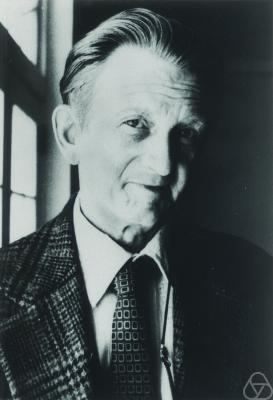 | ||
In mathematics, in the field of number theory, the Selberg sieve is a technique for estimating the size of "sifted sets" of positive integers which satisfy a set of conditions which are expressed by congruences. It was developed by Atle Selberg in the 1940s.
Contents
Description
In terms of sieve theory the Selberg sieve is of combinatorial type: that is, derives from a careful use of the inclusion–exclusion principle. Selberg replaced the values of the Möbius function which arise in this by a system of weights which are then optimised to fit the given problem. The result gives an upper bound for the size of the sifted set.
Let A be a set of positive integers ≤ x and let P be a set of primes. For each p in P, let Ap denote the set of elements of A divisible by p and extend this to let Ad the intersection of the Ap for p dividing d, when d is a product of distinct primes from P. Further let A1 denote A itself. Let z be a positive real number and P(z) denote the product of the primes in P which are ≤ z. The object of the sieve is to estimate
We assume that |Ad| may be estimated by
where f is a multiplicative function and X = |A|. Let the function g be obtained from f by Möbius inversion, that is
where μ is the Möbius function. Put
Then
It is often useful to estimate V(z) by the bound
